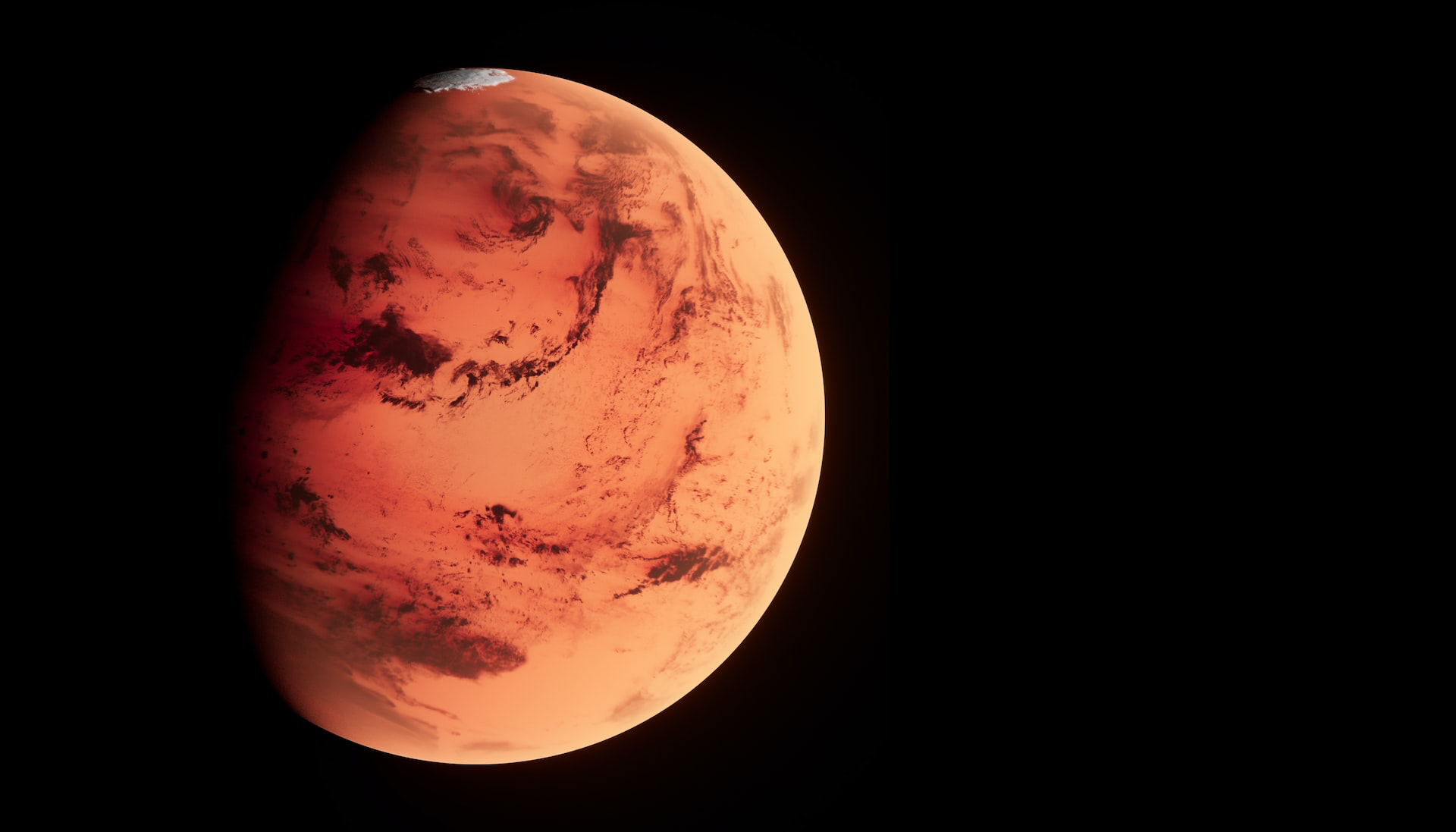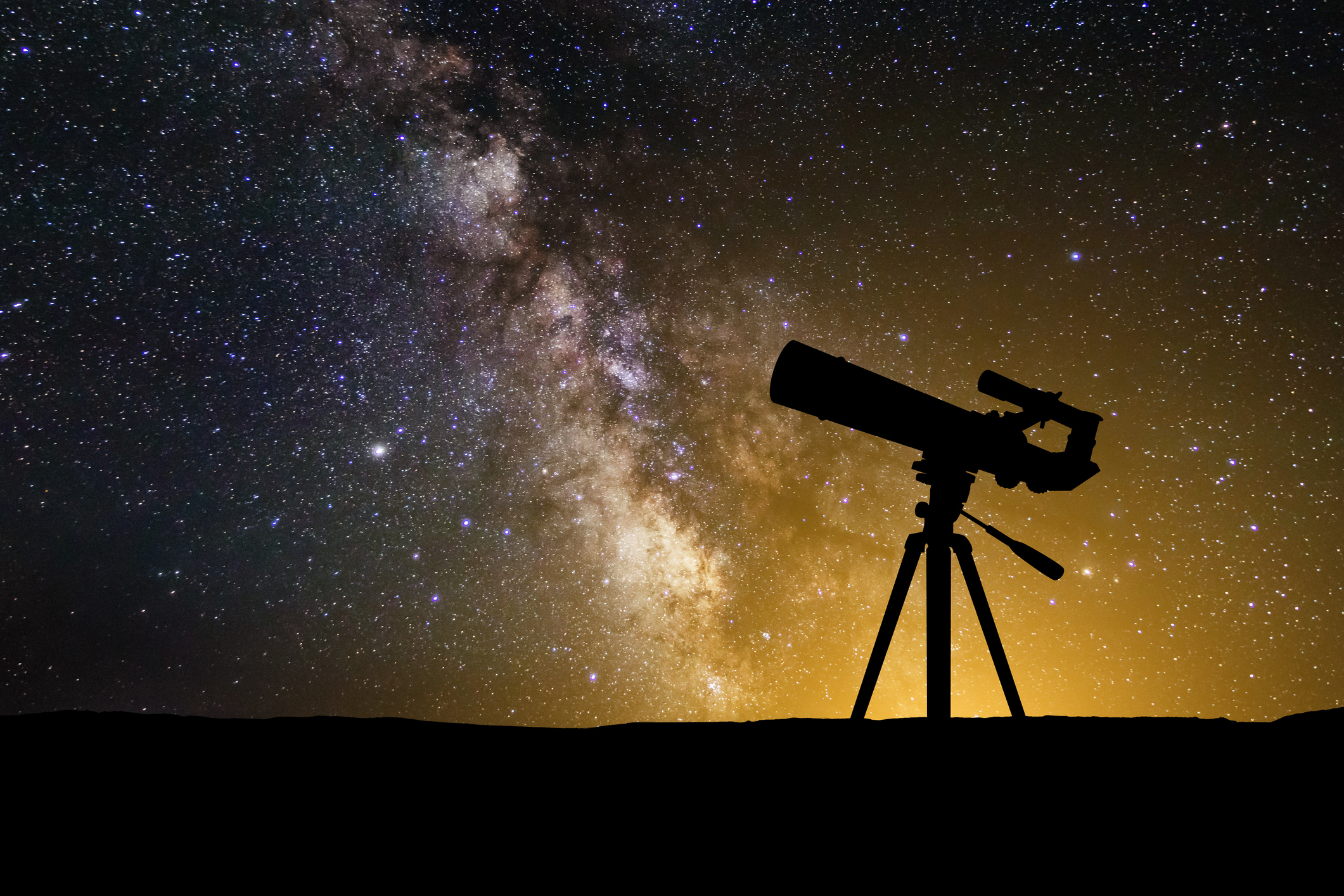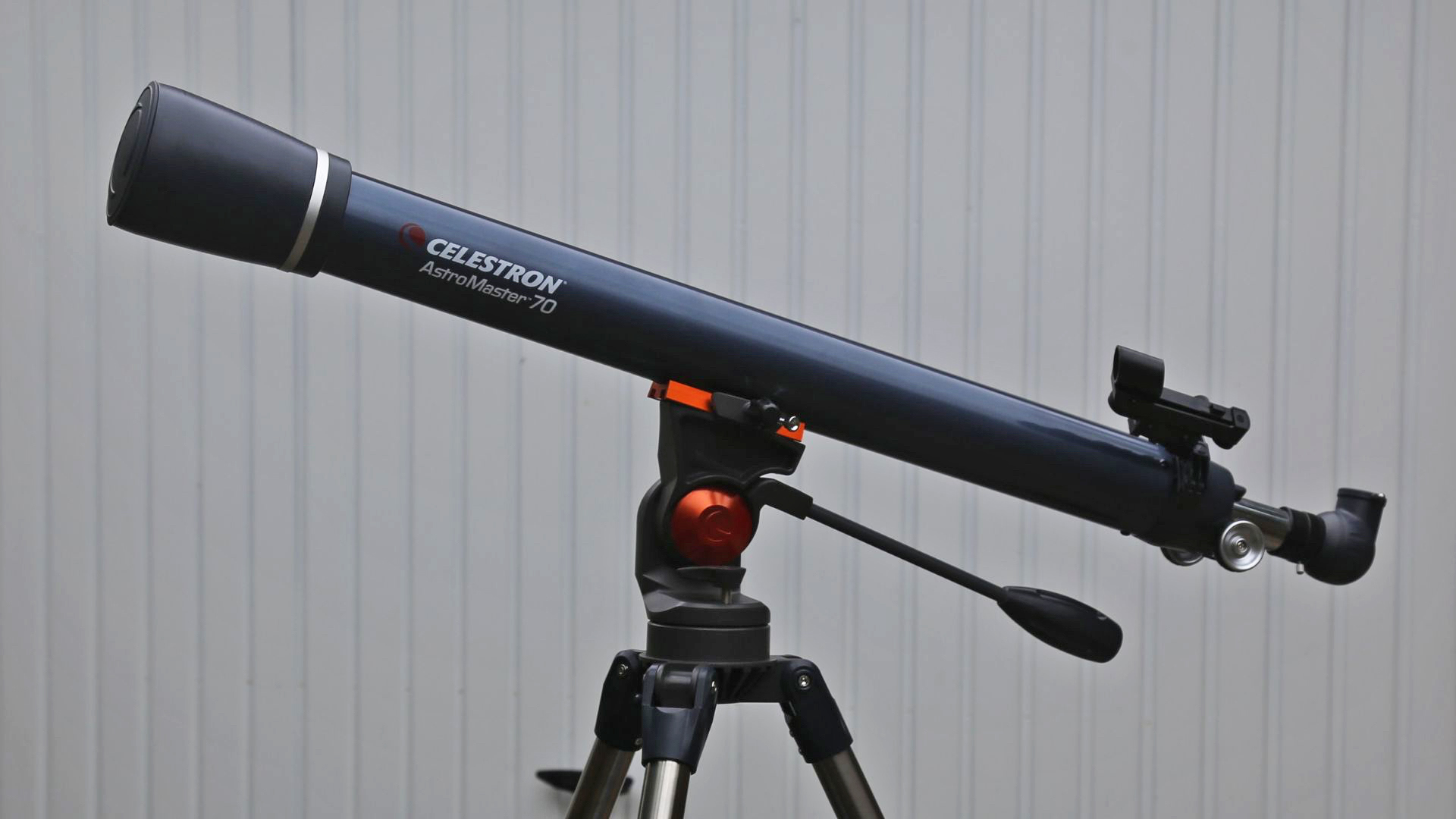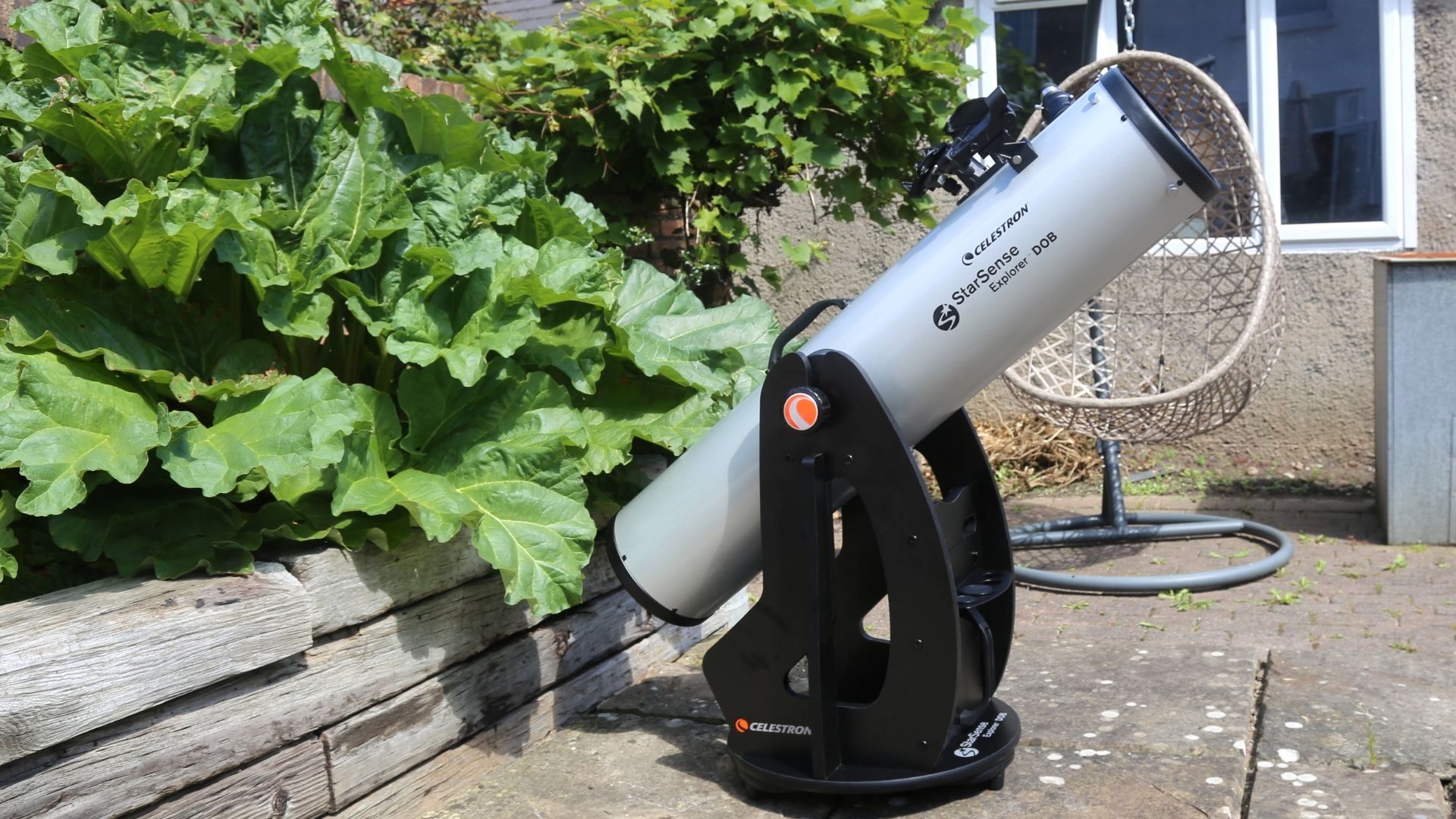Why this Christmas is the perfect time to get a telescope (and what to buy)
Five bright planets will be visible in December’s moonless night skies. Here’s what telescope to buy to see them at their best.


What’s that bright star in the early evening night sky? That depends on where you’re looking. In late December 2022 no fewer than five planets will be visible in the night sky, making it the best Christmas in years to buy one of the best telescopes for beginners.
However, since there’s no bright moon in the night sky it will be super-dark, making it also a great time to use one of the best telescopes for stargazing to see faint galaxies, star clusters and nebulae.
This is what to see, when to see it and what telescope to buy and use this festive season.
- Discover how to choose your first telescope
- Learn the different types of telescope
- Check out how to set up a telescope for tips on assembling, aligning and aiming

The night sky with Venus visible to the naked eye
The Christmas 'parade of planets'
There are seven other planets in the solar system besides Earth, but Neptune and Uranus are so far away and faint that only giant telescopes can discern much detail from them. Not so the five bright planets – Mars, Jupiter, Saturn, Venus and Mercury – all of which will be visible together in the early evening night sky in late December 2022 until early January 2023.

Best time to look at planets with a telescope
Go outside an hour or two after dark on any clear night in December and look to the east. You’ll see the reddish planet Mars moving slowly higher into the sky. It’s close to its brightest for over two years. Cast your eyes to the south and there’s Jupiter, a very bright object that looks incredible in a telescope or even in binoculars. Move your gaze to the southwest and you’ll see Saturn, a much dimmer object, but equally compelling in a small telescope because of its incredible rings. Saturn is sinking, so is best observed immediately, but Mars and Jupiter are easy to observe all evening.
These three planets – also the best three to look at through a telescope – have been visible for some weeks and months, but joining them this Christmas will be the two inner planets, super-bright Venus and tiny, dim Mercury. These two planets can be seen low in the western sky right after sunset from 23 December 2023. Any night after that until early January will bag you a view of these two inner planets close together, though you will need a clear view of the western horizon.

Celestron AstroMaster 70AZ telescope
Best type of telescope for observing planets
Which telescope is best for viewing planets? To easily see detail on a planet – and this applies primarily to Mars, Jupiter and Saturn – you need a telescope that can magnify about 100x (though the more the better). However, do not buy a telescope according to what the manufacturer says the maximum magnification is. That can lead to a lot of disappointment when you set up a new telescope and a planet looks tiny.
Get all the latest news, reviews, deals and buying guides on gorgeous tech, home and active products from the T3 experts
Instead, calculate the actually usable magnification of a telescope by dividing its quoted focal length (say, 1,000mm) by the focal length of the eyepiece (say, 10mm). In this example, you would get to 100x magnification, which is about the minimum you need to see detail on planets. What you’re really looking for is a refractor telescope with an aperture of over 102mm/4-inch. Good examples of good planetary telescopes include the Celestron AstroMaster 70AZ, Sky-Watcher SkyMax 180 Pro Maksutov and Celestron Astro Fi 5.

Celestron StarSense Explorer 8" Dobsonian telescope
Best type of telescope for observing galaxies and nebulae
With a New Moon on December 23, 2022, the entire Christmas period will have dark, moonless night skies perfect for also observing faint deep-sky objects such as star fields, open clusters of stars, galaxies and nebulae. Unlike planets, these objects are dim and generally require shorter focal-length telescopes. Try a Newtonian reflector telescope like the Celestron StarSense Explorer 8" Dobsonian or Celestron StarSense Explorer DX 130AZ or a smart telescope like the Unistellar eVscope 2, which is expensive but can produce incredible images even from light-polluted cities.
Whenever you use it, here are some more things to aim your telescope at.
Jamie is a freelance journalist, copywriter and author with 20 years' experience. He's written journalism for over 50 publications and websites and, when he's not writing, spending most of his time travelling – putting the latest travel tech through its paces.
